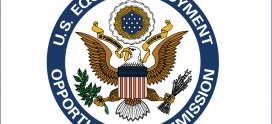Supreme Court Ruling Makes It Harder to Prove Workplace Discrimination
The United States Supreme Court recently raised the bar for employees to prove workplace discrimination.
In two separate rulings, the nation’s highest court recently raised the bar for employees to prove that they were targets of discrimination in their workplace. In the first ruling, the Code narrowed down the definition of what constitutes a supervisor in a racial harassment lawsuit. In the other ruling, the court implemented a much stronger and tougher standard for workers to prove that they had faced wrongful or illegal retaliation for complaining about discrimination in the workplace.
The first ruling came in Vance Versus Ball State University, and the lawsuit involved an African-American worker, who accused a supervisor of racial harassment in the workplace. However, the Supreme Court ruled that the person that she accused was not a supervisor, and did not meet the definition of a supervisor. Therefore, the plaintiff had a much higher burden of proof to find the employer liable.
The woman in this lawsuit had claimed that the other worker, who is white, had been very hostile towards her, blocked her in an elevator, and slammed pots and pans towards her. However, the woman was not a supervisor, and both sides did agree that the woman did not have the authority to hire or fire employees.
In the second lawsuit, the court ruled in University Of Texas South-Western Medical Centre Versus Nassar, and tightened the legal criterion for plaintiffs to prove that they faced retaliatory actions in the workplace because they complained about discrimination. In this ruling, the Supreme Court held that the plaintiff must prove that the retaliation was not only a motivating factor, but the main determinative factor in an allegedly retaliatory action like a demotion.



